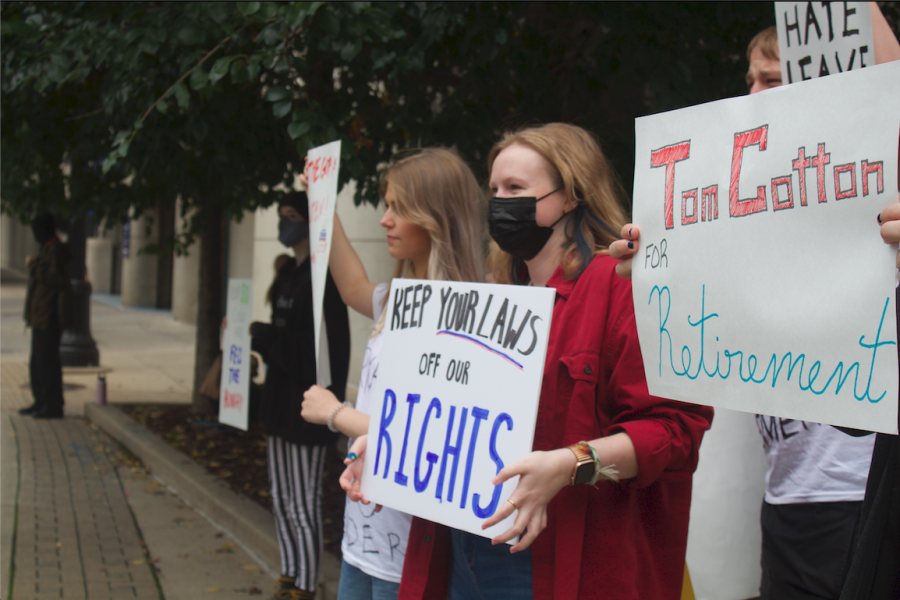The number of homeless students in Michigan has increased 66 percent since the 2009-2010 school year, from 22,600 during the 2009-2010 school year to more than 37,500 homeless students in Michigan during the 2011-12 year. The Grand Rapids Public School district had 1,199 homeless students during the 2010-2011 school year, or about 7 percent of total students, according to the Michigan Department of Education.
Even this count may be lower than the actual number, as many homeless families choose not to report their position.
Homelessness often negatively affects the grades of students.
“Sleeping in a warm place, having something to eat; these are often priorities for the homeless. Is it any wonder that schoolwork and lessons might be of a lesser priority?” asks Mike Barlow, curriculum director and liaison officer for the Hazel Park school district, rhetorically.
Homeless students are defined by the federal McKinney-Vento Homeless Assistance Act as being students without “a fixed, regular and adequate nighttime residence.” This includes students who are staying in other people’s houses, couch-surfing, or staying in public places like churches.
Homeless students include people like Molly and Marissa Goudeseune, 15 and 13, who live with separate friends since their father lost his job as a financial analyst, and whose excellent grades are slipping.
But despite the large rise in homeless students in Michigan, the amount of federal funding for assistance of the homeless, under the McKinney-Vento Homeless Assistance Act, has not increased, so the amount of funding available per student has dropped. The state receives $2.3 million from the federal government each year, but the rise of homeless students means that instead of about $40 per student per year, Michigan only receives $21 per student per year for 2012-13, and the amount of funding will be cut 5 percent for 2013-2014 due to the budget sequester.
Each school district has a liaison to identify and assist homeless students, but it can often be difficult to identify homeless students. “I don’t know of any other students who are homeless, but I’m guessing that there are a few in a similar situation,” said Molly Goudeseune.
Nationally, more than a million students are homeless, and the situation for homeless students in Michigan is not likely to improve in the near future, especially with budget cuts due to sequestration.
Hatty Ligon, homeless coordinator for the Farmington Public School district, summarizes the problem: “Homeless families exist everywhere — even living next door as your neighbor.”









